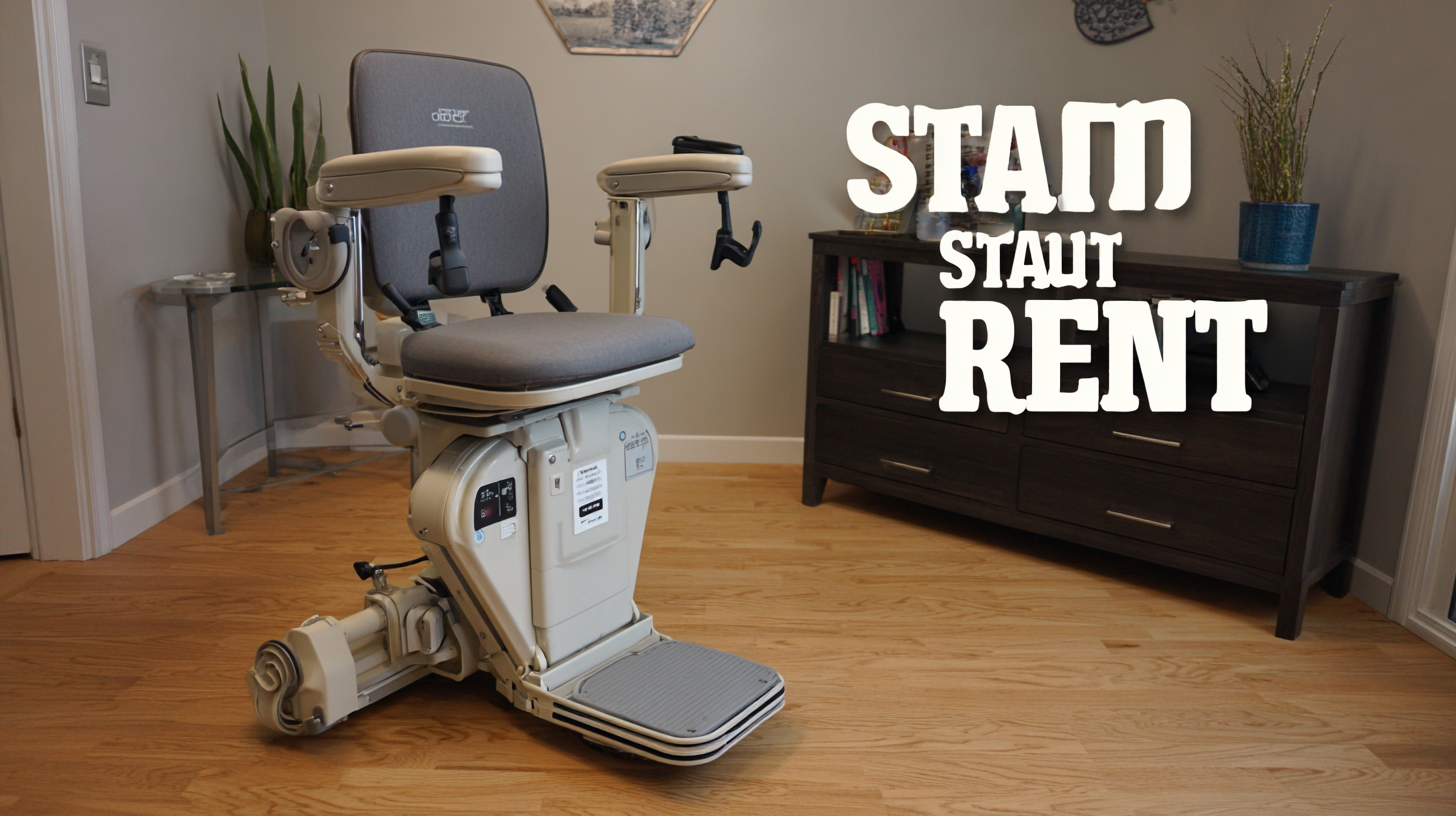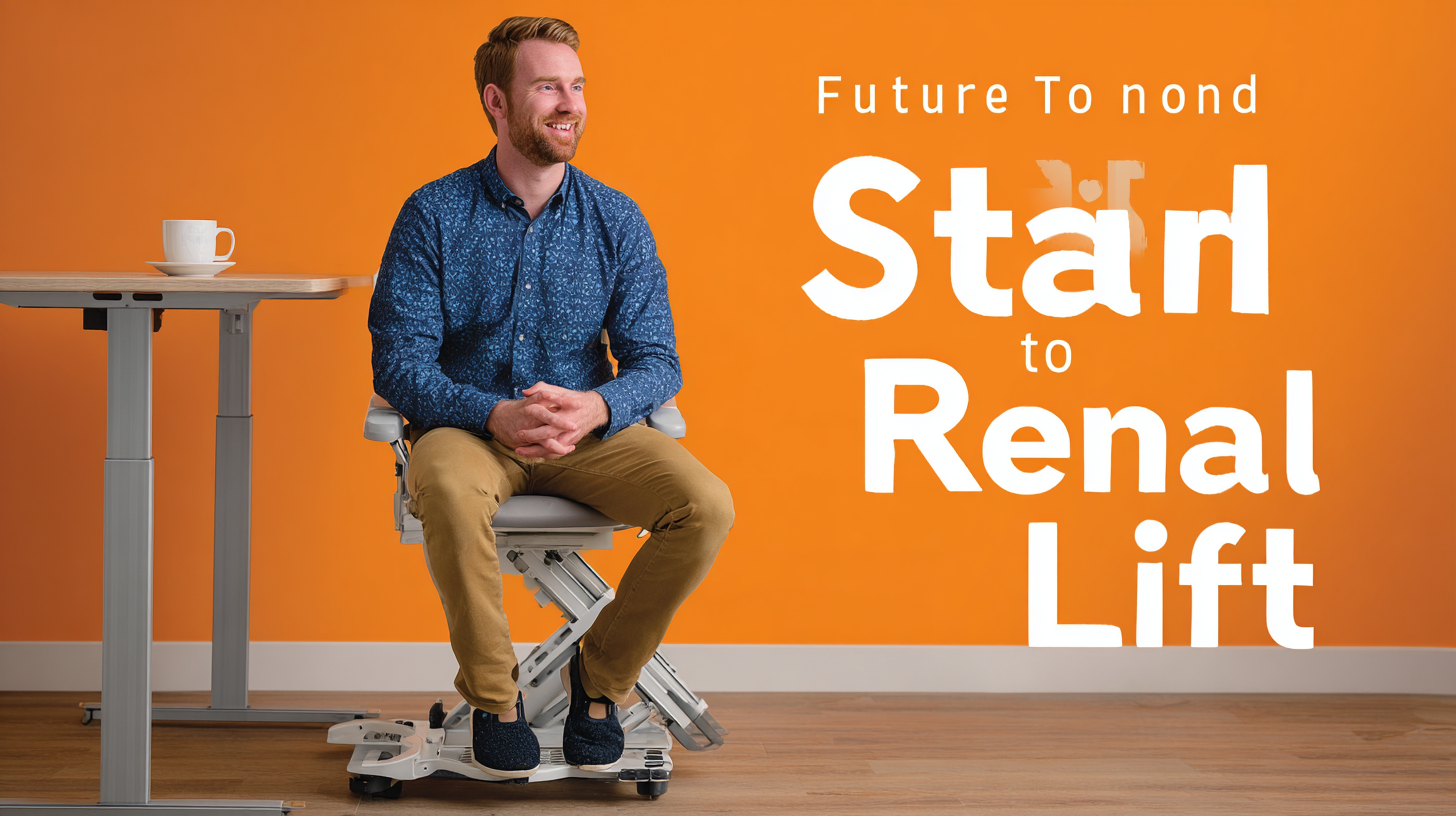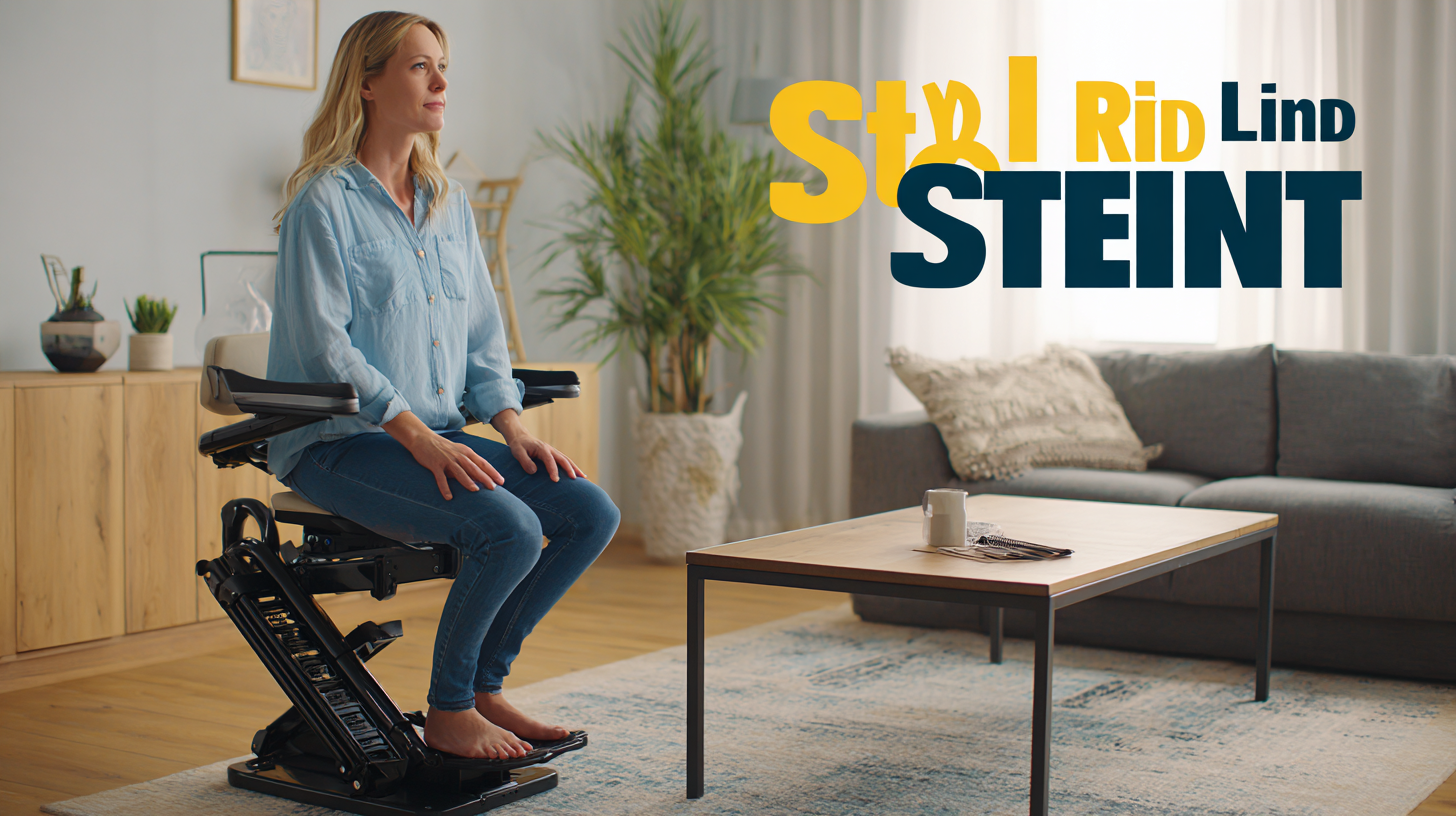Future Trends in Sit to Stand Lift Rental for 2025 and How to Choose the Best Option
As we look ahead to 2025, the landscape of healthcare mobility solutions is rapidly evolving, particularly in the realm of Sit To Stand Lift Rental. These devices play a crucial role in enhancing patient comfort and caregiver efficiency, making them indispensable in both healthcare facilities and home care settings.
 With advancing technology and an increasing emphasis on patient-centered care, choosing the right Sit To Stand Lift Rental has become more complex yet essential. In this blog, we will explore the future trends associated with these rentals, highlighting key advancements and innovations that will shape their usage.
Additionally, we will provide top strategies for selecting the best Sit To Stand Lift Rental option tailored to diverse needs, ensuring that both patients and caregivers benefit from improved mobility solutions.
Join us as we navigate the future of mobility assistance and make informed choices for a healthier tomorrow.
With advancing technology and an increasing emphasis on patient-centered care, choosing the right Sit To Stand Lift Rental has become more complex yet essential. In this blog, we will explore the future trends associated with these rentals, highlighting key advancements and innovations that will shape their usage.
Additionally, we will provide top strategies for selecting the best Sit To Stand Lift Rental option tailored to diverse needs, ensuring that both patients and caregivers benefit from improved mobility solutions.
Join us as we navigate the future of mobility assistance and make informed choices for a healthier tomorrow.
Emerging Technologies Influencing Sit to Stand Lift Rentals in 2025
As we approach 2025, the landscape of sit-to-stand lift rentals is set to undergo significant transformations driven by emerging technologies. The rise of artificial intelligence and data-driven decision-making is poised to enhance the functionality of these essential healthcare devices. Reports indicate that the integration of smart sensors and IoT capabilities will improve patient monitoring and streamline operational efficiencies for rental providers. For instance, predictive analytics can facilitate proactive maintenance, reducing downtime and ensuring consistent availability of lifts for those in need.

Moreover, the competitive rental market will necessitate a focus on user-friendly designs that prioritize accessibility and ease of use. Industry data suggests that over 60% of healthcare professionals are advocating for user-centric features, which include adjustable controls and ergonomic designs. Additionally, advancements in lightweight materials and portable designs are set to reshape rental offerings, making it easier for caregivers to transport and use these devices in various settings. As the market evolves, it will be crucial for providers to prioritize technology integration while staying attuned to the evolving needs of users and caregivers alike.
Key Factors to Consider When Renting Sit to Stand Lifts
When renting a sit to stand lift, it's crucial to consider several key factors to ensure you choose the best option for your needs. First, assess the specific requirements of the user. Consider their weight, height, and mobility levels, as these will influence the type of lift that suits them best. Lifts come in various styles and capacities, so matching the equipment to the user's physical needs is essential for both safety and comfort.
Another important factor is the rental company's reputation. Research potential rental providers, looking for reviews and feedback from other customers. A reputable company should not only offer well-maintained equipment but also provide customer support and guidance in selecting the right lift. Additionally, inquire about the rental terms, including maintenance plans and insurance coverage, to avoid any unexpected costs or issues during the rental period. Making informed decisions by weighing these factors can lead to a more satisfactory experience when renting a sit to stand lift.
Comparing Global Manufacturing Standards: China vs. Other Markets
As we look ahead to 2025, the importance of manufacturing standards in the sit-to-stand lift rental market becomes increasingly apparent, particularly when comparing China to other global markets. China's assertive rise as a manufacturing superpower has transformed various industries, including medical equipment. While China currently dominates the electric vehicle (EV) sector, producing nearly two-thirds of global supply, this level of innovation and efficiency is mirrored in its medical device manufacturing. The country’s ability to implement robust state support and advanced industrial policies has positioned it advantageously, often leading to more competitive pricing and rapid production cycles compared to Western markets.
This comparison raises crucial considerations for those looking to rent sit-to-stand lifts. With China's manufacturing capabilities marked by aggressive price strategies and initiatives aimed at maintaining domestic production standards, buyers must weigh these factors against Western alternatives that prioritize product safety and compliance. Understanding the nuances between China’s expansive manufacturing approach, rife with both advantages and potential market distortions, versus the more regulated environments found in places like Germany, can aid stakeholders in making informed decisions about rental options that best align with their operational and budgetary goals.

Cost-Effectiveness of Sit to Stand Lift Rentals in Future Healthcare
As the healthcare industry continues to evolve, the cost-effectiveness of sit to stand lift rentals is becoming increasingly significant. In 2025, healthcare facilities will face mounting financial pressures, prompting many to consider rental options for medical equipment. Sit to stand lifts are particularly beneficial, as they not only enhance patient safety and comfort but also reduce the risk of injury for caregivers. By opting for rentals rather than purchases, facilities can allocate their budgets more efficiently, ensuring funds are directed toward essential services while maintaining high standards of care.
When evaluating rental options for sit to stand lifts, it’s crucial to assess factors such as the quality of equipment, rental agreements, and customer support. A reliable rental service should provide well-maintained lifts equipped with the latest technology to ensure optimal performance. Additionally, flexible rental terms that allow for adjustments based on patient needs or market conditions can greatly enhance cost-effectiveness. By prioritizing these factors, healthcare providers can make informed decisions that not only meet their operational budgets but also uphold the quality of patient care in a rapidly changing healthcare landscape.
User Experience Enhancements: Trends Shaping the Rental Market
In recent years, the rental market has experienced a remarkable transformation, particularly in the context of sit-to-stand lifts. The surge in online rental adoption, now up by an impressive 36%, signifies a shift in consumer behavior toward convenient and on-demand solutions. As users increasingly seek to enhance their experience, rental companies are focusing on integrating technology to streamline the process, ensuring that customers enjoy a seamless transition from selection to delivery.
Moreover, the demand for sustainable fashion choices has risen by 28%, indicating a growing awareness among consumers regarding environmental impacts. This trend has prompted rental services to diversify their offerings, allowing users to access high-quality, fashionable equipment without the burden of full ownership. By providing flexible rental periods and transparent pricing, companies can cater to a wider audience, satisfying both practical needs and ethical considerations. As we move toward 2025, the focus will undoubtedly remain on delivering enhanced user experiences that cater to evolving lifestyle demands.
Future Trends in Sit to Stand Lift Rental for 2025 and How to Choose the Best Option
| Feature | 2023 Trends | Expected Trends for 2025 | User Experience Improvements |
|---|---|---|---|
| Technology Integration | Basic mechanical lifts | Integration with IoT devices for real-time tracking | Enhanced user feedback via mobile apps |
| Rental Flexibility | Short-term rentals | Customizable long-term rental packages | Convenient online booking processes |
| User-Centric Design | Standard designs | Ergonomically designed lifts adjustable for various users | User feedback channels for design adjustments |
| Safety Features | Basic safety measures | Advanced sensors and emergency response systems | Real-time safety alerts through apps |
| Eco-Friendly Options | Limited green initiatives | Sustainably sourced materials and energy-efficient models | Enhanced sustainability certifications for users |
